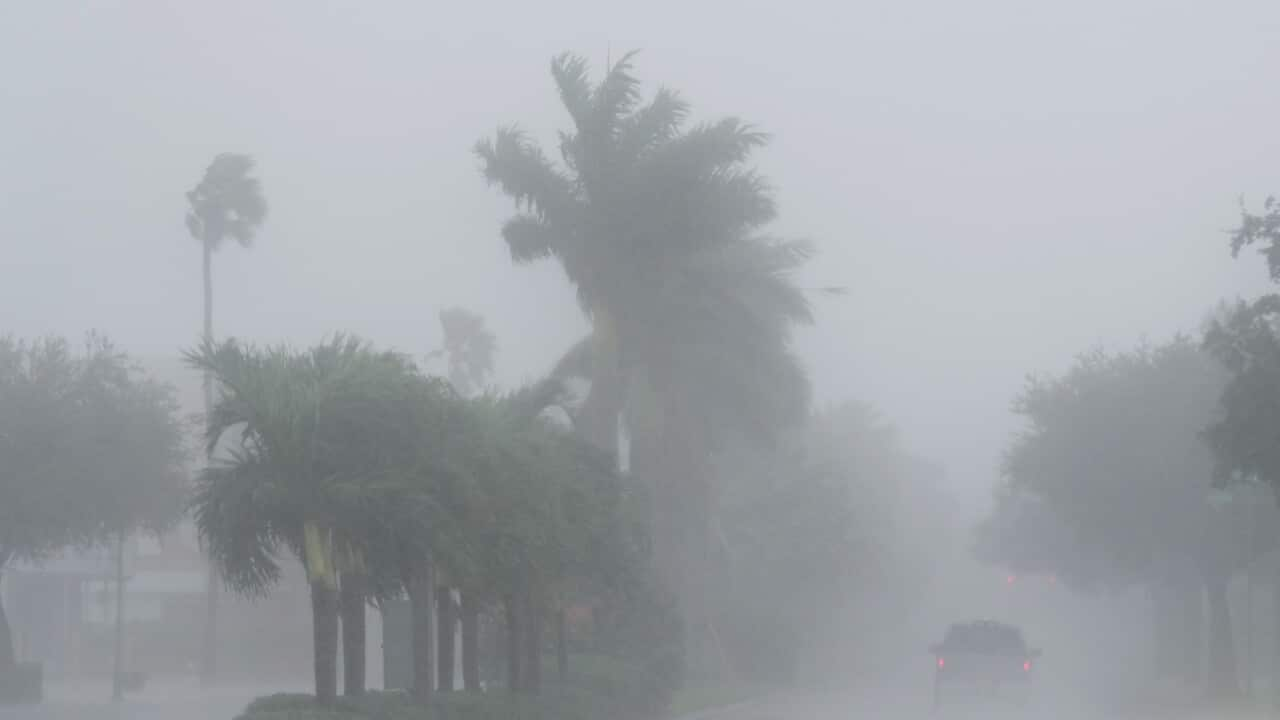Tropical tornadoes are typically short-lived and weaker compared to the massive supercell tornadoes formed in severe thunderstorms. These tornadoes arise due to the elevated wind shear in the outer bands of hurricanes, which are known as squall lines.

Formation of Tropical Tornadoes
As the outer bands move away from the center of the storm, the winds at various heights in the atmosphere shift direction, creating conditions ripe for tornado formation. These tornadoes are most often seen in the eastern quadrants of a hurricane, where the natural counterclockwise spin of the storm interacts with changing wind patterns. In general, tropical tornadoes are relatively weak, typically rated EF0 to EF1 on the Enhanced Fujita Scale. However, the set of tornadoes that recently struck the area was unusual, as an abundance of wind shear elevated the tornado threat, leading to stronger and more destructive tornadoes than is typical in a tropical system.
Unusually Strong Tornadoes
The storms that preceded the main squall line produced rotating supercells, which interacted with the wind-shear environment and allowed tornadoes to form and persist for longer than usual. This resulted in tornadoes that were stronger and lasted longer, causing more damage than the usual tropical tornado. The tornadoes were classified as EF1 to EF2, and based on early damage reports, some may even have reached EF3 strength, which is rare in tropical systems.
The National Weather Service (NWS) is currently deploying teams to survey the damage and determine the exact strength of the tornadoes. EF2 and EF3 tornadoes are typically seen in areas like Tornado Alley, not in tropical systems, making this event stand out. With 45 confirmed tornadoes and multiple warnings issued, this outbreak will likely go down in the record books as one of the most significant tornado outbreaks associated with a tropical system.
Record-Breaking Tornado Outbreak
According to the Storm Prediction Center (SPC), there were 126 tornado warnings issued during this tropical system, along with 45 confirmed tornadoes. These reports are based on sightings and damage assessments, but it’s possible that some tornadoes caused damage across multiple locations, or that funnel clouds were reported even when a tornado did not touch the ground.

In South Florida, three tornadoes have been confirmed so far. The first touched down around 4:30 a.m. in the Redlands, while two more crossed Interstate 75 around 9:30 a.m. The sheer size and strength of these tornadoes, coupled with the high number of warnings, makes this outbreak highly unusual for a tropical storm. Many areas are still being assessed, and further confirmations of tornadoes and their strength are expected in the coming days. The rare intensity of this tropical tornado outbreak serves as a reminder of the unpredictable nature of hurricanes, which can spawn destructive forces beyond just the high winds and flooding commonly associated with them.


Comments are closed, but trackbacks and pingbacks are open.